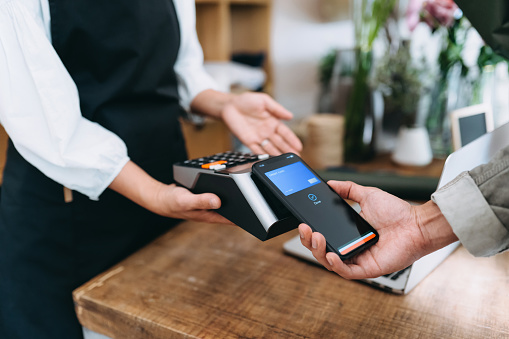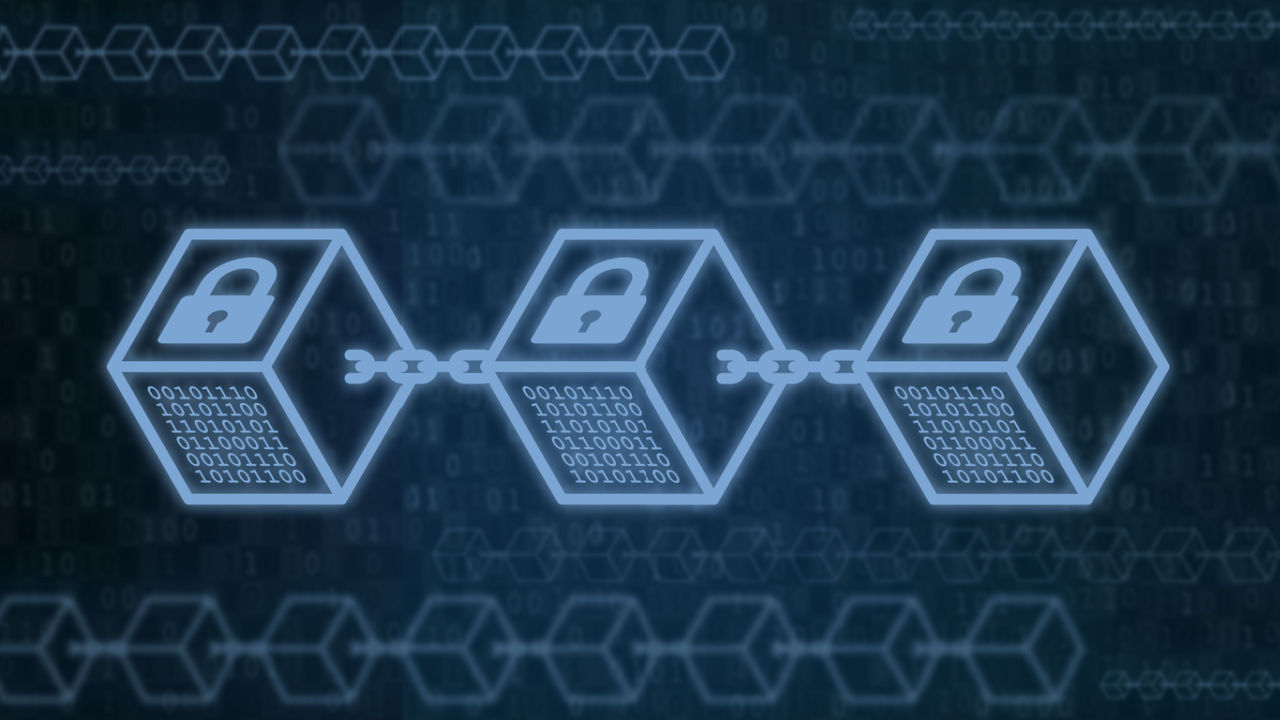How Blockchain and IoT are changing the world for the better

Blockchain and IoT are changing the world and can make everything from finance to healthcare more secure and reliable. This technology makes it possible to connect IoT devices to a blockchain, which acts as a cover to protect data. These devices can also be integrated into smart contracts to initiate a variety of actions. To learn more about how you and your business can benefit from blockchain and IoT technology, we’ve put together this quick guide.
Blockchain’s SSI Security
The SSI protocol enables devices to verify that their owners are the same person as the person who issued them. This ensures privacy and statements that are open to manipulation. Verifiable credentials are signed and distributed cryptographically. They include a set of assertions or proofs made by the identity owner. The issuer can choose which parts of the identification are to be shared with the verifier. A verifier can then immediately confirm the data without contacting the issuer.
The SSI model has many applications and is expected to develop over the next few years. It can be used to reduce customer onboarding costs while improving data security, privacy and portability. It is also a powerful fraud detection and security tool.
A blockchain-based Self-Sovereign Identity (SSID) system enables users to control sensitive identification data. It is similar to a physical identification card, and contains characteristics about a person. It can also be used to protect private information such as health records or other personal information.
Password problems
SSI also reduces the problem of password fatigue, which can result in weak passwords. In addition, SSI enables selective disclosure of identity attributes. An owner can decide which of the data to share with whom, reducing the likelihood of a hacker gaining access to it.
The SSI concept provides a secure way to identify IoT devices and the data they contain. It is ideal for smart healthcare and should be available for services. In addition to serving as a cover for IoT devices, SSI can also protect personal data.
SSI can be implemented with an approved blockchain for smart healthcare. By using permission-based blockchain, the network limits who can participate in the healthcare system. Furthermore, permission-based blockchains protect the privacy of IoT devices.
A DID is sent from a doctor to a health-related entity. The unit verifies the signature and adds the patient to the trust list. The doctor can then call the “DIDMaster” smart contract to access the patient’s data. After a successful run, the data is stored on the blockchain.
Blockchain smart payments

Blockchain and IoT can revolutionize finance by making payments smart and secure. As more transactions move online, more data is generated, and the ability to track customer data is a critical element for businesses. The combination of smart devices and machine learning can improve banking and financial operations while improving the security of customer accounts.
For example, blockchain can help automate certain banking services, such as the return of letters of credit. This can significantly reduce errors and fraud. Financial institutions have already jumped on board, with Citigroup and Goldman Sachs planning to pilot blockchain-based smart contracts in the near future.
Automation in the financial sector has led to a number of innovations, including biometric solutions. These solutions use biometric information, such as fingerprints, palm scans and iris scans, to ensure the validity of a person’s identity. Biometric information can also help reduce the number of errors associated with a transaction.
Banking operations
IoT is also changing the banking sector, and it is predicted that the global market for connected financial services will reach $2 billion by 2023. These devices can collect information about customer behavior and spending habits, which helps companies develop targeted marketing plans. The technology also makes it easier to identify customers’ preferences, so that companies can offer customized services and products.
Streamlining of processes
Blockchain technology can help businesses use blockchain-based smart payments to streamline processes and improve efficiency. The technology has been used by various industries, including the automotive industry. In the future, blockchain could act as a central public ledger for millions of connected devices. With this, companies can eliminate the need for centralized hubs for data and information.
Production
Blockchain is also used in the manufacturing industry. Companies such as Home Depot and IBM have already adopted blockchain to improve their supplier relationships. These companies have reported a significant reduction in supplier disputes and shortened transaction times.
Public services

Blockchain can also be used to manage public services, and can also improve transparency and accountability between governments and those they serve. Some governments are already exploring the benefits of Blockchain in their industries. In Sweden, the Swedish Land Registry Office is exploring smart contracts and blockchain technology to simplify land registration.
Finance
Blockchain and IoT can revolutionize finance by improving security and speed through smart payments. Using blockchain’s decentralized nature, these technologies can make payments much faster and more secure than ever before. They can also be used to streamline processes for accounts receivable and accounts payable. However, it is important to ensure the responsible use of blockchain technology to ensure a sustainable future.
Reliability and traceability of supply chain networks
Blockchain is a decentralized ledger that records transactions between multiple parties. Its main function is to eliminate a central middleman and facilitate transactions between an unlimited number of anonymous parties. Using this technology in the supply chain can help supply chain managers and companies ensure better performance and reliability.
Inventory tracking

Blockchain allows supply chain managers to track inventory flows more accurately. It also creates visibility across a supply chain network. For example, a company may have product A that uses components C1 and C2, while another product B uses components C3 and C4. For the optimal move, product A will use the inventory of C1. However, because the inventory of components C1 and C2 is maintained by different companies, visibility is a major challenge.
Traceability
Blockchain-based traceability can help businesses respond better to food safety incidents. Using it will reduce the time to resolve food scandals and foodborne disease outbreaks. Moreover, it will help them comply with government regulations and improve consumer confidence. It can also reduce the risk of product recalls.
Walmart embraces blockchain
Walmart is a company that has explored the benefits of blockchain-based food tracking. For example, it has successfully launched two pilot projects involving IBM Hyperledger blockchain technology. By leveraging new technologies, Walmart has been able to improve the traceability of its supply chain network.
The company has implemented a traceability system for food from farms to slaughterhouses and from shop to shop. The project is expected to improve food safety by implementing a global standard for food traceability.
Blockchain-based supply chain transactions are peer-to-peer and are trusted by digital signatures. Moreover, the data collected during each action is synchronized and shared among all stakeholders. The data collected is tamper proof and can be easily accessed by regulators.
Supply chain management

As a supply chain management technology, blockchain has many advantages that help companies improve supply chain traceability and reliability. For example, it helps companies track defective products, identify suppliers and identify shipment lots.
It also enables companies to automatically monitor perishable products. For example, blockchain-based IoT devices can monitor the temperature in refrigerated containers, and notify the company if the temperature becomes unsafe. In addition, blockchain-based solutions can help companies combat counterfeit products.
Blockchain also improves communication between parties. In the past, supply chain networks used paper-based documentation to share data. This meant that important documents had to be transported together with the associated goods. For example, one shipment of frozen goods required over 200 communications from the supplier to the retailer. This created a stack of documents 25 centimeters high. In addition, delivery times are often delayed as the papers have to be checked.
Security and privacy
Blockchain applications also have security and privacy benefits. Since information is stored on the blockchain, the risk of data theft is low. Third-party access to the data can help companies gain competitive intelligence, trade stocks and predict market trends. It also improves traceability, giving customers and stakeholders confidence in the authenticity of a product.
Final thoughts
Blockchain and IoT are revolutionizing the world and have the potential to improve the security and reliability of everything from banking and education to healthcare and logistics. We have only touched on a few applications of blockchain and IoT technology, and more use cases will emerge as the technology and adoption grow.
I write about blockchain, crypto, NFT and other disruptive technologies and innovations.
























